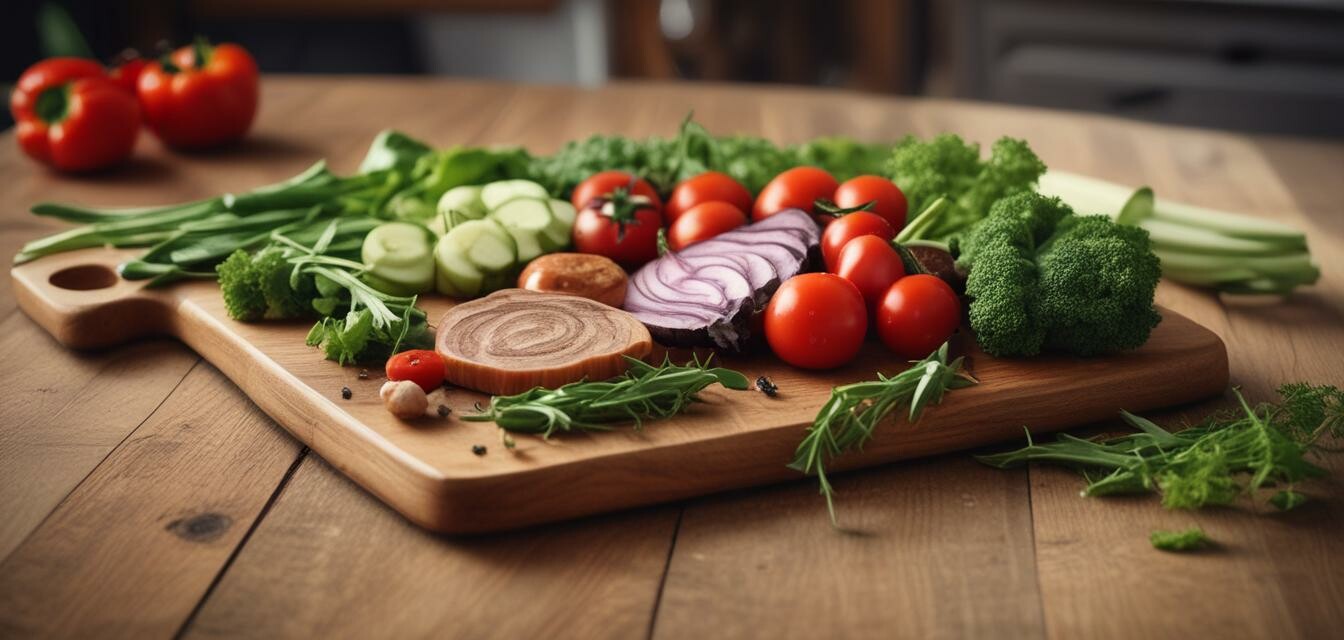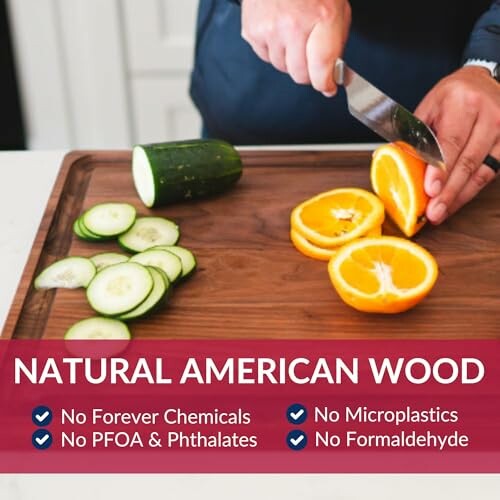
How to Pick the Best Wooden Cutting Board for Your Kitchen
Key Takeaways
- Choose the right size based on your kitchen space and cooking needs.
- Opt for durable wood types like maple or walnut for longevity.
- Maintenance is crucial for preserving the quality of your cutting board.
- Look for features like juice grooves for added functionality.
When it comes to selecting the perfect cutting board for your kitchen, the myriad of options available can be overwhelming. Wooden cutting boards not only provide an elegant touch to your cooking space but also enhance meal preparation through their durability and knife-friendliness. In this guide, we will explore what to consider when choosing a wooden cutting board, including size, type of wood, and necessary maintenance. Whether you're a beginner or an experienced home cook, we aim to equip you with the knowledge you need to make an informed decision.
Why Choose Wooden Cutting Boards?
Wooden cutting boards are prized for their aesthetic appeal and practicality. Here are a few reasons why they stand out among other materials:
- Durability: High-quality wooden boards, if properly cared for, can last a lifetime.
- Knife Preservation: They provide a gentle surface that doesn't dull knife blades like glass or plastic might.
- Natural Antimicrobial Properties: Many types of wood naturally resist bacteria, making them a safer option for food prep.
Factors to Consider When Choosing a Wooden Cutting Board
1. Size Matters
Selecting the right size is vital. Consider your kitchen space and how much food prep you typically do. Here’s a quick look at different sizes:
| Size | Best For |
|---|---|
| Small (up to 12 inches) | Simple tasks like slicing fruits and vegetables or for use in compact kitchens. |
| Medium (12-16 inches) | Suitable for most kitchen tasks, balancing portability and functionality. |
| Large (above 16 inches) | Ideal for big meal preparations, ample space for chopping meats and vegetables. |
2. Type of Wood
The type of wood influences not just the look but also the performance and care of your cutting board. Here's a quick comparison:
| Wood Type | Durability | Price Range | Maintenance |
|---|---|---|---|
| Maple | High | $$ | Requires regular oiling |
| Walnut | Medium | $$$ | Moderate care needed |
| Cherry | Medium | $$ | Regular oiling recommended |
3. Maintenance Requirements
Maintaining your wooden cutting board is essential for its longevity. Here are some quick tips:
- Always hand wash with mild soap and avoid soaking in water.
- Regularly apply food-safe mineral oil to nourish the wood and maintain its surface.
- Avoid using harsh chemicals or putting it in the dishwasher.
Recommended Wooden Cutting Boards
After doing thorough research, here are two excellent options to help you make your choice:
Made in USA Black Walnut Wood Cutting Board by Virginia Boys Kitchens
This butcher block wooden carving board is crafted from high-quality sustainable walnut wood, featuring a built-in juice well for added convenience.
Learn MoreLarge Hard Maple Wood Cutting Board for Kitchen
This large wooden board is perfect for meal prep and charcuterie, designed with a deep juice groove and reversible features, offering great functionality.
Learn MoreConclusion
Selecting the right wooden cutting board is essential for both function and aesthetics in your kitchen. Take the time to consider factors such as size, type of wood, and maintenance needs to find a board that meets all of your culinary needs. Whether you go for the Black Walnut board or the versatile Hard Maple Cutting Board, you are sure to enjoy the benefits of a quality wooden cutting surface that enhances your cooking experience.
Tips for Beginners
- Start with a smaller size if you're new to cooking.
- Always use a cutting board specific for raw meats to avoid cross-contamination.
- Don’t forget to regularly condition your board with mineral oil!

